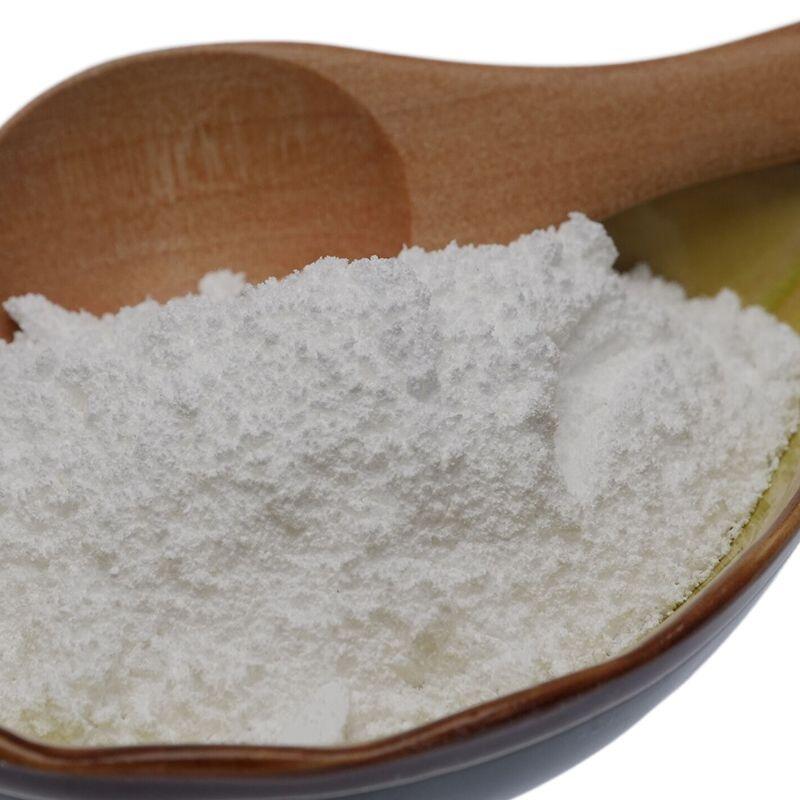-
Categories
-
Pharmaceutical Intermediates
-
Active Pharmaceutical Ingredients
-
Food Additives
- Industrial Coatings
- Agrochemicals
- Dyes and Pigments
- Surfactant
- Flavors and Fragrances
- Chemical Reagents
- Catalyst and Auxiliary
- Natural Products
- Inorganic Chemistry
-
Organic Chemistry
-
Biochemical Engineering
- Analytical Chemistry
-
Cosmetic Ingredient
- Water Treatment Chemical
-
Pharmaceutical Intermediates
Promotion
ECHEMI Mall
Wholesale
Weekly Price
Exhibition
News
-
Trade Service
3-Bromo-4-methylbenzenesulphonamide is a commonly used intermediate in the chemical industry, and several synthetic routes have been developed to synthesize it.
In this article, we will discuss some of the most commonly used synthetic routes for the production of 3-bromo-4-methylbenzenesulphonamide.
Electrophilic substitution: One of the most common synthetic routes for the production of 3-bromo-4-methylbenzenesulphonamide involves electrophilic substitution of benzene with the appropriate electrophile.
The electrophile used can be a halogen, a nitrite, or an isocyanate.
The reaction typically involves the addition of a solvent, such as acetone or dichloromethane, to the reaction mixture.
The reaction can be carried out at room temperature or at an elevated temperature, depending on the electrophile used.Nitration: Another common synthetic route for the production of 3-bromo-4-methylbenzenesulphonamide involves nitration of benzene with nitric acid.
The reaction typically involves the addition of a solvent, such as acetonitrile or DMF, to the reaction mixture.
The reaction can be carried out at room temperature or at an elevated temperature, depending on the concentration of the nitric acid used.
The product can be further treated with an alcohol, such as methanol, to convert it to the desired sulphonamide.Halogenation: Another route to 3-bromo-4-methylbenzenesulphonamide involves halogenation of benzene with the appropriate halogen.
The reaction typically involves the addition of a solvent, such as chloroform or dichloromethane, to the reaction mixture.
The reaction can be carried out at room temperature or at an elevated temperature, depending on the halogen used.
The product can be further treated with an alcohol, such as methanol, to convert it to the desired sulphonamide.Isocyanate-based route: Another route to 3-bromo-4-methylbenzenesulphonamide involves the use of an isocyanate, such as isocyanatoethyl methacrylate.
The reaction typically involves the addition of a solvent, such as dichloromethane, to the reaction mixture.
The reaction can be carried out at room temperature or at an elevated temperature, depending on the isocyanate used.
The product can be further treated with an alcohol, such as methanol, to convert it to the desired sulphonamide.Amination: Another route to 3-bromo-4-methylbenzenesulphonamide involves amination of benzene with the appropriate amine.
The reaction typically involves the addition of a solvent, such as DMF or DMA, to the reaction mixture.
The reaction can be carried out at room temperature or at an elevated temperature, depending on the amine used.
The product can be further treated with an appropriate reagent, such as sodium hydroxide or hydrazine, to convert it to the desired sulphonamide.Reductive amination: Another route to 3-bromo-4-methylbenzenesulphonamide involves reductive amination of benzaldehyde with the appropriate amine.
The reaction typically involves the addition of a solvent, such as ethanol or methanol, to the reaction mixture.
The reaction can be carried out at room temperature or at an elevated temperature, depending on the amine used.
The product can be further treated with an appropriate reagent, such as sodium hydroxide or hydrazine, to convert it to the desired sulphonamide.
In conclusion, there are several synthetic routes available for the production of 3-bromo-4-m







